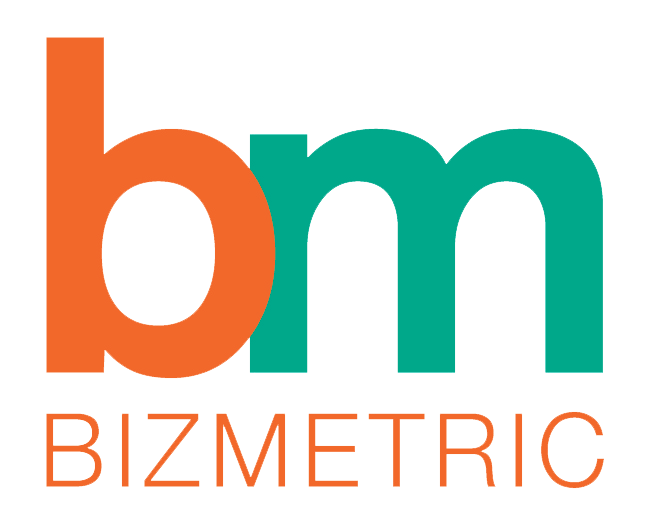Cloud computing has become the leading manifesto for most enterprises. Today, businesses do not work on the decisions of whether to move to the cloud or not. They know they must opt for the cloud, come what may. It is just that they must find ways of starting their journey of cloud migration. Undoubtedly, cloud solutions deliver remarkable results.
At times, cloud bills give a shock to most organizations. Many organizations complain of the unmanaged expenditure on cloud resources. While many experts quote lack of sightedness as the prime reason for hiked bills, others consider lack of expertise in handling the compute and storage resources as the hidden pitfalls. Inconsistency in deploying the best of the cloud strategies also makes the price graph go several levels up.
Cloud Cost Optimization is the top priority for five years consecutively
Optimizing cloud cost has been the top priority for most organizations in a row. Today, enterprises look for a cloud model that gets tuned with the business requirements and delivers results in the framed time and spending.
Source: Flexera

Organizations finding ways to manage their cloud spending
With the increasing cloud demand, organizations find it difficult to forecast their cloud expenses. A recent study conducted by Flexera shows that their respondent has reported an over-budgeting of 24% in the cloud expenses. Also, many believe that cloud expense will exponentially rise in the next year.
Source: Flexera

What is cloud cost optimization?
Cloud cost optimization is the process of reducing cloud spend by identifying the causes of higher cost and formulating the strategies of bringing them under control. It makes its users aware of the effective utilization of the cloud resources and eliminating the waste. The underlined techniques of cloud cost management strategically utilizes the instances and develop the culture of cost awareness to deliver exceptional results.
Let us discuss some of the proven strategies that optimize the cloud cost and help enterprises of all levels reap maximum cloud benefits.
1.Rightsizing the computer resources
Modifying the computer services and resources to their most efficient size is called rightsizing. In some cases, developers select the incorrect instance size or unanimously spin resources in the cloud, making them run idle in the cloud. Such resources take up the unwanted space and make the cloud cost goes high. To control the anomaly of resource sizing, AWS offers more than 300 instance types for selection. Based on the workload or the business requirements, the user can select the instance and monitor the resource utilization with greater efficiency.
2.Addressing the dormant resources
Identifying and consolidating the idle resources plays a crucial role in optimizing the cloud cost. Despite utilizing 10% of the CPU capacity, the unutilized resources drive zero business value. Adding new resources all the time in the data centers is beyond the organizational limit. Hence, it becomes an enterprise mandate to manage the resources effectively. As a remedial measure, consolidating the tasks on lower instances minimizes the need for high CPU utilization. The autoscaling and load balancing feature of the cloud solution caters to the on-demand need of the customer.
3.Switching-off unused instances
The need for instances increases with the business need and complexity. Sometimes, the organizations need to deploy these instances with maximum variations. As a result, they pay for the resources that go unused. As a wise practice, cloud users must turn off the instances that are no longer in use. Such initiatives not only optimize the cloud cost but also evenly distributes the server load. Today, enterprises auto-scale their production instances as per the client’s demand. Experts say shutting down the development and test instances on weekends or holidays has reported a nearly 60% reduction in the cloud cost. Cloud cost analysis recommends that the users must terminate the training instances once the project gets over.

4.Deploying discounted instances
Many times, discount options available on the instances go unnoticed by the cloud users. In this regard, AWS offers unmatched discount options to its customers. Getting into a long-term commitment with the AWS reserved instances becomes the prima facia for most organizations. The longer the association time, the higher the discount offered. Similarly, the reserved virtual machine instance of Microsoft Azure provides a decent concession in the compute cost of the virtual machines. Generally, one can expect an overall rebate of 20% to 70% in their cloud billings. Based on the availability zones and regions, the spot instances allow you to avail of the service at the lowest cost.
5.Developing a cost awareness agenda
The cross-functional cost awareness culture brings better transparency to cloud costing. Top cloud service providers lay down highly differentiated infrastructural solutions that identify the hidden patterns and wastes that raise the cloud cost. The in-demand cost optimization tactics help the decision-makers drive better enterprise value by leveraging the business throughput while keeping a keen focus on the quality-driven work. Using cloud technology as a competitive weapon has become a common practice. The need assessment and process management of this high yielding enterprise solution delivers out-of-the-box results. But, despite all, things boil down to just one factor, and that is the cost. The holistic deployment of cloud cost optimization invokes a sustainable performance.
6.Minimizing the API cost
Organizations migrate large workloads and APIs to the cloud during the migration. The accumulation of many files raises the cloud cost. Generally, on a cloud, the APIs get charged per object, irrespective of the size. You pay the same amount for the 1 GB file and 1 MB file. Hence, using the APIs in batch size integrates different APIs in batches and reduces the surplus cost.
7.Streamlining cost with tools
The cloud service providers offer a range of tools that keeps a check on your cloud bill. Top players like AWS and Microsoft Azure have a list of solutions that simplifies the cost calculation. Amazon services such as AWS Cost Optimization Explorer, AWS Budgets, and Amazon CloudWatch minutely observe the pattern in which the bill is getting generated. They help the users set custom budget limits and an alarm that notifies them when the cost spending exceeds the limits. Microsoft Azure tools such as Azure Cost Management and Billing and Azure Pricing Calculator judiciously allocate the cost spending on teams and projects. They also make the price estimation for the upcoming pipelined projects.
The Next Step
Optimizing the cloud cost is not an easy task. All it requires is a well-introspected outlook. The enterprises should understand the existing modus operandi of their cloud setup. A disciplined approach and a systematic implementation of the analytics-driven solution can lower the cloud bill significantly and help you win the battle of cloud cost optimization.








